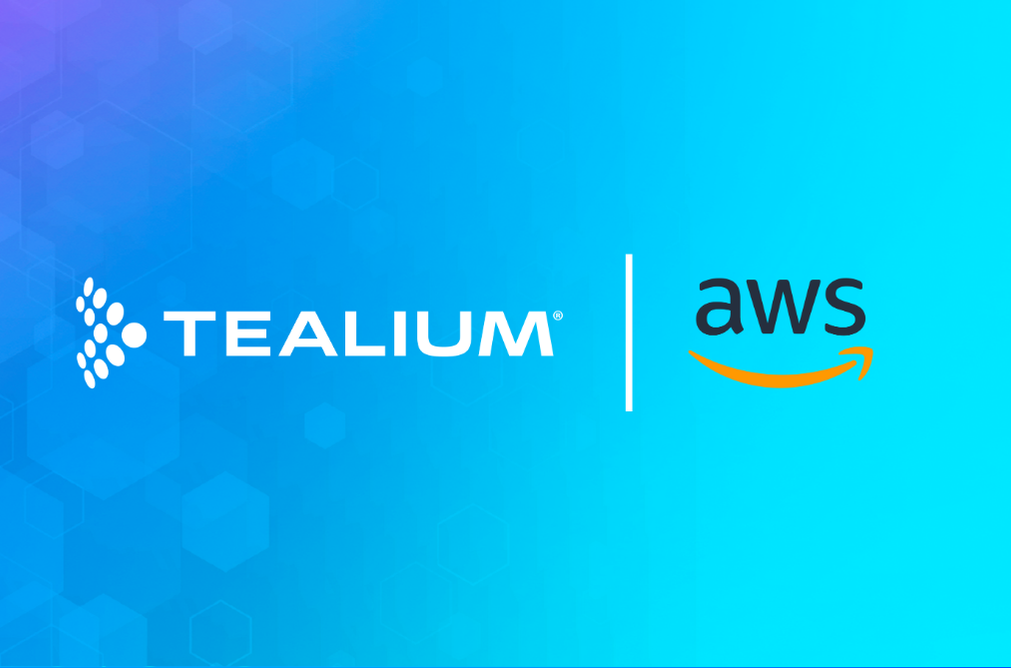SDKs have a reputation problem. For years now, they’ve been seen as heavy, brittle, and slow to implement. Just added code that bloats apps and locks teams into long release cycles.
It’s no surprise that when a new SDK comes along, engineering “braces for impact” and marketing quietly bets it won’t make it out of the next dev sprint alive.
But not all SDKs are created equal. Tealium’s Mobile SDK was built to solve those frustrations. It’s lightweight, modular, and consent-aware, working the same way Tealium orchestrates your web data, just on a different surface.
What Tealium’s Mobile SDKs Do
Think of Tealium as the postal service inside your app. Your app hands Tealium “letters” about what the user just did. Tealium labels each letter, keeps them safe and properly sorted while delivery routes are offline, and delivers them to their destinations: analytics, messaging, ad platforms, your data warehouse, and your own backend. The result is dependable delivery, consistent labels, and less hassle for your engineers.
They take raw screen taps and screen views and turn them into clean, consistent data that is ready to use. That data can drive a push message with a deep link, show a personalized user experience based on user preferences, or feed into your reporting tools. The SDKs are built to be light and careful with the network, so the app stays performant.
The Tealium SDKs are modular, which means you can pick only the parts you need. You decide which “modules” (or parts) to include. Common ones cover app lifecycle, screen views, app and device information, media tracking, consent, and more. Fewer parts mean a smaller app, fewer updates when a part changes, and less that can go wrong. This is a key difference from “all-in-one” SDKs that bring everything, whether you use it or not.
The Problems They Solve
Most apps grow messy over time. Different teams add different vendor SDKs, each one expecting its own data. This results in larger app sizes, longer testing cycles, and data that does not always match across systems.
Privacy rules add another layer.
Apple’s App Tracking Transparency, SKAdNetwork, and other changes make it harder to rely on device IDs, so you need to respect consent and still understand what users are doing.
Changing anything often means a new release. If marketing wants to track a new event, or you switch vendors, engineering may need to ship fresh code. That slows everyone down.
Tealium addresses these issues by replacing many vendor SDKs with one lightweight, modular SDK. Events are collected once in a consistent format, then routed server-side through Tealium’s Customer Data Hub to any destination. This keeps data aligned and often lets you remove redundant SDKs.
Consent is captured in the app and enforced throughout the pipeline, and identity uses a first-party visitor ID that can be stitched to a known user after sign-in. Even when you do not know exactly who the user is, you can create anonymous mobile visitor profiles and share selected attributes back to the device for in-app personalization.
Most tracking and partner changes can be implemented as a configuration change rather than a code update by utilizing Remote Commands, the Hosted Data Layer, and Mobile Publish Settings, allowing teams to make adjustments quickly without requiring a new release. The result is a smaller app, cleaner data, and faster iteration that respects privacy.
How It Works
You can think about Tealium in three steps.
- Collect once
A single, modular SDK standardizes the events you send from the app. You decide which modules to include. Common ones cover app lifecycle, screen views, media tracking, consent, and more. Events are queued if the phone goes offline and then sent later in small batches, which is gentler on the battery and the network. - Govern centrally
Consent is captured and respected. A visitor ID lets you follow behavior before login and connect it to a known user later. Data rules live in one place, so fields look the same across iOS and Android. - Activate everywhere
Data flows into Tealium EventStream and AudienceStream. From there, you can send it to analytics, messaging, ads, AI services, or your warehouse. You can fetch profile data in the app with the Moments API or change on-device behavior with Remote Commands. Many teams remove extra vendor SDKs and send data server-side instead.
Why This Approach Helps With AI
Great AI needs clean, labeled, and consistent data. Tealium gives you that at the source with the following:
- Standard field names and stitched identities make it easier to build attributes like “days since last purchase” or “genres watched,” which your downstream models can train on or score with.
- You can fetch trusted profile attributes with Moments API and pass them into your prompts so an LLM has facts to work with.
- Since mobile data joins web and server data in one profile, your models see a fuller picture and make steadier predictions.
- Scores or recommendations can be written back to the profile and used in the app right away with Remote Commands or simple UI rules.
What This Means for Each Team
Different teams benefit in different ways.
Engineering and IT: This means fewer vendor SDKs to maintain. Smaller app bundles. Network use you can tune. Many changes move from code to configuration, which shortens release cycles.
Marketing and Product: Audiences are updated in real time, so you can show an overlay, route to the right screen, or send a deep link at the right moment. Many changes do not need an app update. But most importantly, this helps break down data silos to build a more unified visitor profile.
Data and Analytics: You have the same data schema across iOS and Android, and events arrive with consent applied. Attribution fields from Apple Search Ads and the Google Play Store sit next to post-install behavior, which makes measurement and modeling cleaner.
Where It Runs
Because mobile experiences live everywhere, Tealium’s SDKs are built to match that reach.
Tealium supports native iOS and Android and popular cross-platform frameworks like React Native and Flutter. The same approach extends to watchOS, tvOS or Android TV, widgets, and app extensions, so every surface shares the same consented pipeline.
Common Mobile Wins Teams Can Unlock
Once the SDK is up and running, the wins stack up fast. Here’s what teams typically can achieve once live.
- Recover abandoned carts or bookings by deep linking back to the exact screen.
- Recognize VIPs with a badge and show them the right offer.
- Measure media behavior like play, pause, seek, and completion.
- Use location or context to greet a user at a store or airport with something relevant.
- Connect installs and campaigns to what happens after install in a privacy-safe way.
- Web-to-mobile and mobile-to-web handoffs so the customer experience persists across devices.
From SDK to Strategy
SDKs are thought of as just another dependency in the app build. But, when handled properly, they can define how fast a business can respond to changing customer behavior.
Tealium’s Mobile SDK can transform data collection from a maintenance task into a strategic business capability, giving your app one dependable way to collect, organize, and use data.
As a result, you get cleaner signals, fewer moving parts, and faster changes. Your app stays fast. Your teams move quicker. Your customers see experiences that fit what they are doing right now.







